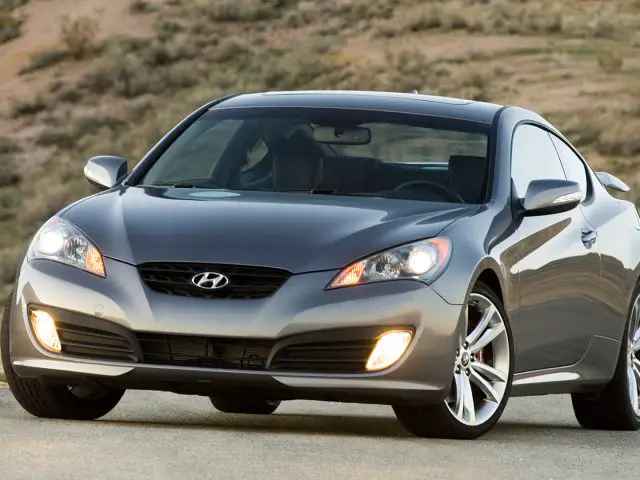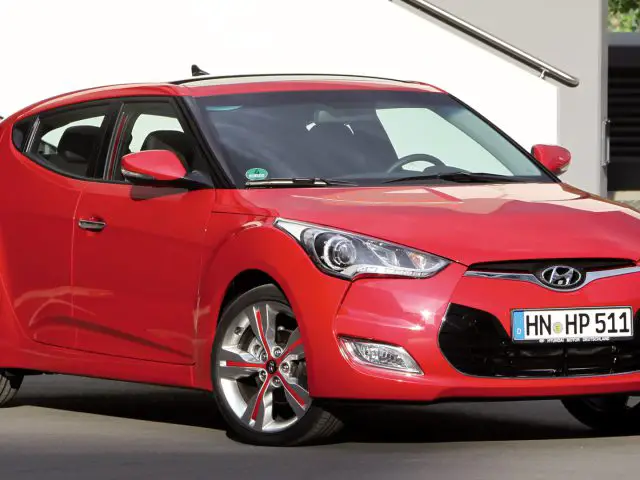Hyundai Coupe – everything you need to know
Just as a brand today can’t seem to do without an SUV-like model, affordable sporty models were in high demand in the 1990s. Especially the Asian brands offered something in this class. Some brands even had multiple models. Mazda offered the MX-5 and the MX-3, and Toyota had the Celica and the Paseo. Hyundai decided not to let the potential success go to waste and introduced a sporty coupe in 1996, simply called Hyundai Coupe. Incidentally, outside Europe, the car was called Tiburon. In homeland South Korea, the coupe went by the name of Turbulence.
Incidentally, before the Coupe, from 1988 through 1995, Hyundai already supplied the Scoupe. That was already a (semi-)sporty coupe as well, but with a more everyday feel than the Coupe this article is about.
First-generation Hyundai Coupe
True to the car fashion of the time, the Hyundai Coupe had a round, organic design. Although sporty in appearance, it largely shared its technical basis with the Elantra, a fairly average sedan model. In the Netherlands, the Coupe was available with 1.6- and 2.0-liter four-cylinder gasoline engines. A 1.8-liter four-cylinder was also available in some other countries. The most powerful engine produced an output of 103 kW (140 hp). Perhaps not very impressive, but combined with the car weight of only just over 1,000 kg, it was certainly enough for sporting performance.
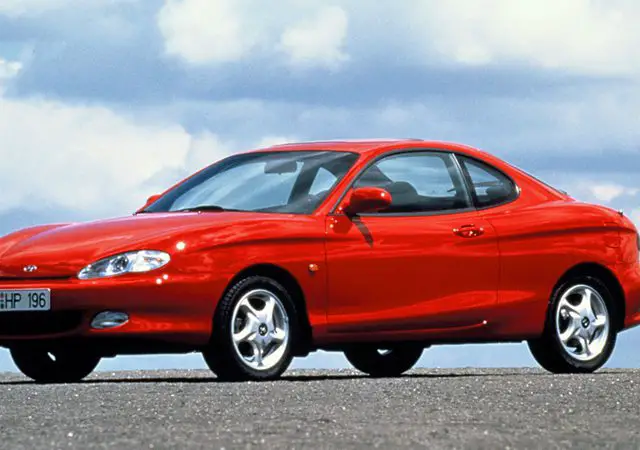
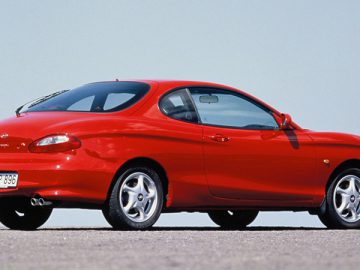
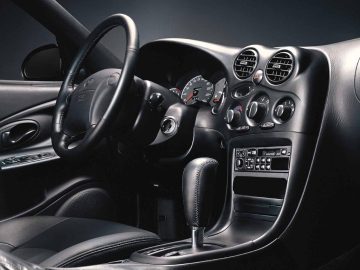
face lift
In 1999, the Hyundai Coupe underwent a facelift. The 1.6 was dropped and the equipment range was expanded a bit, but the biggest difference was cosmetic. The car received four distinctive red headlights that were slightly “on” the car. The oval taillights were replaced by much larger, almost round ones.
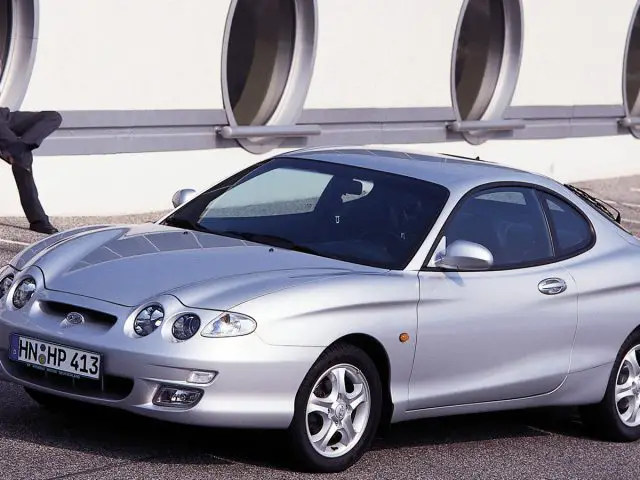


Hyundai Coupe F2 and F2 Evolution
In the United Kingdom, the special F2 version was introduced in 1998. In doing so, the brand capitalized on its participation in the Formula 2 World Rally Championship. The Hyundai Coupe F2 was a limited edition with special equipment, but aside from special rims and a slightly modified suspension, there were no technical modifications. However, the F2 was available in a model-specific blue body color, Racing Blue Mica, which has never been used for any other Hyundai. The F2 version also came with a special book with artistic photos and design drawings of the car. The F2 Evolution was even slightly more exclusive, but did not come with book.
Second-generation Hyundai Coupe
In 2001, Hyundai presented the second generation of the Coupe, which entered the market in 2002. The car was slightly larger and had a sleeker design, but otherwise it was an evolution of the first-generation Hyundai Coupe. The engine range grew with it: from now on, the sporty driver could also choose a 128 kW (174 hp) 2.7-liter V6. The 1.6 was no longer delivered in the Netherlands, making the 2.0-liter the standard engine here. Technically, the Coupe was still closely related to the Elantra, but on a completely new platform that was also used by Hyundai’s Matrix and Tucson and some Kia models. In South Korea, the model line was renamed the Hyundai Tuscani. Again, there were some market-specific special editions, but they were less spectacular than the earlier F2s.



Facelift number one
In 2005, the Hyundai Coupe underwent a subtle facelift, especially recognizable by the dark-cased headlights. Furthermore, the rear lights were also modified, there were more “aggressive” styling elements and the equipment was expanded.

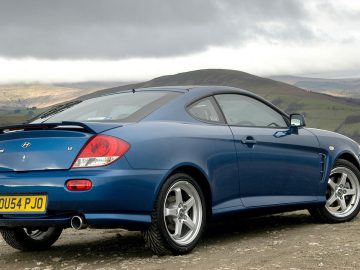
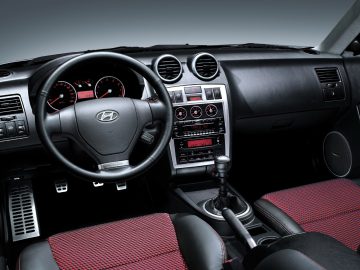
Facelift number two
A second facelift followed as early as 2006, this time much more drastic. Those who do not know better might even think that this is an entirely new model. The design was fully adapted to the brand’s now new design language. By some, the facelift model is even considered a new model generation. The design was slightly smoother yet more aggressive, now including the taillights in a dark housing. The interior was also renovated.
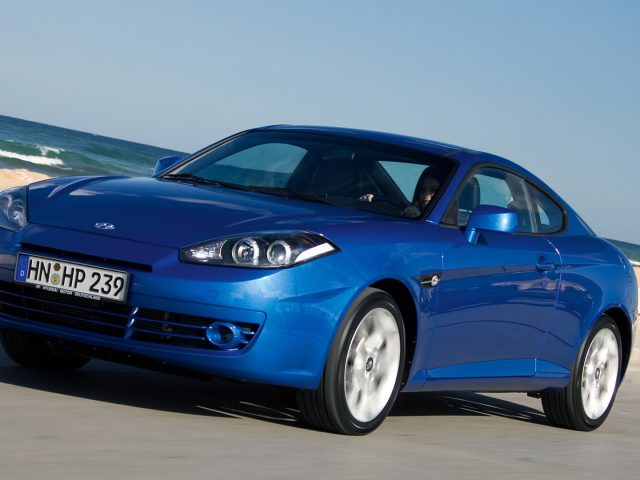
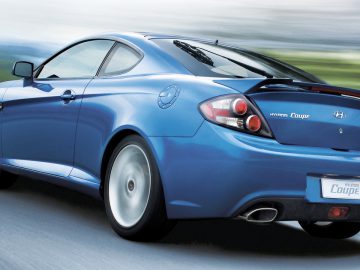
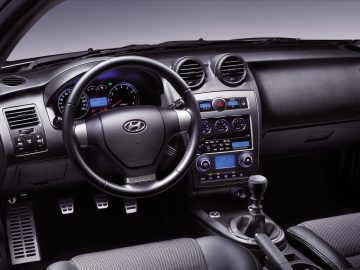
Used Hyundai Coupe
The selection of used Hyundai Coupes is relatively limited, but interesting. Indeed, like just about every other Hyundai model, the Coupe has proven to be very reliable, making an early used one a safe choice as well. Just keep in mind that a sporty car is often driven sportily. So pay close attention to the technical condition of the particular one you have your eye on. Want a Hyundai Coupe with V6? Then you have to look extra carefully, because due to lower sales numbers, there are very few of these for sale at all. Finally, these types of cars are still sometimes “customized” by previous owners, although the Coupe seems to fairly escape that dance.
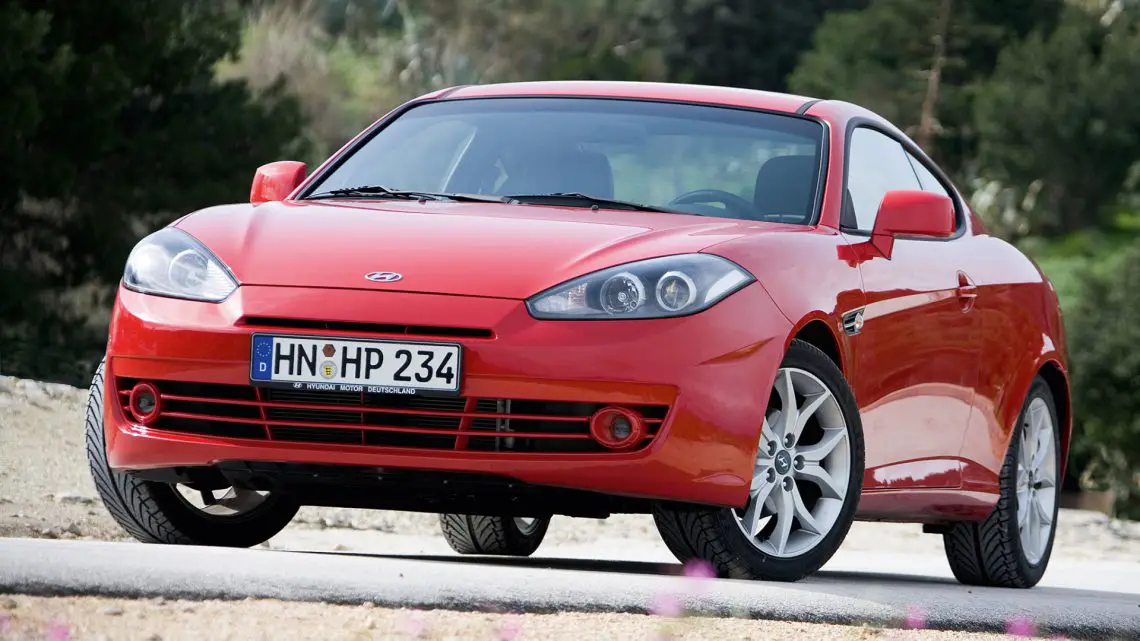
Dual succession
In 2008, it was over and out for the Hyundai Coupe. The model did get a successor, or actually two. In 2008, the Hyundai Genesis Coupe first appeared for model year 2009. In terms of type of car, it was similar to the Coupe, but it was positioned higher in the market. As its name suggests, the Genesis Coupe shared its technology with the Hyundai Genesis, a luxury sedan that was not delivered in the Netherlands.
In 2011, the Hyundai Veloster appeared for the 2012 model year. In terms of positioning, that was a more direct successor to the Coupe, but in terms of body shape, it did things slightly differently. The Veloster is also a coupe, but with a slightly higher roofline to comfortably fit four people. Also unusual: the Veloster had a rear door … but only on the passenger side. Regardless of whether the steering wheel was on the left or right: for left-hand driving markets, the entire bodywork was simply mirrored!
